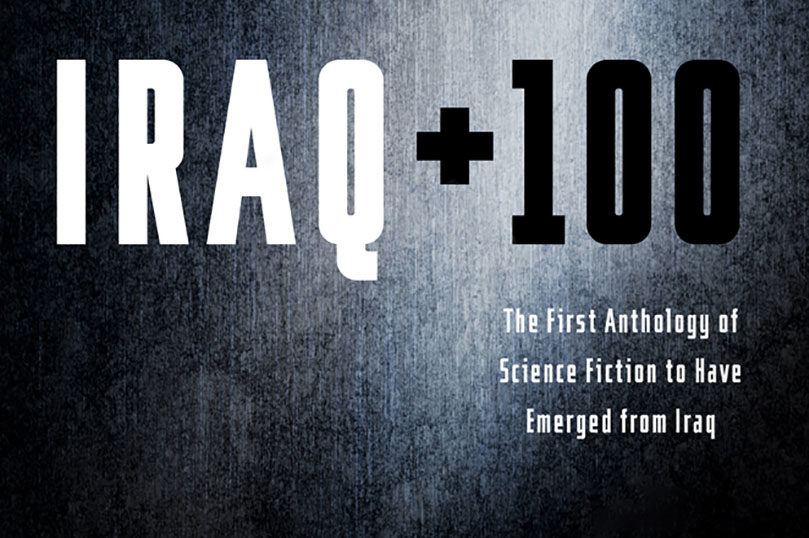
What Was It Like to Work on To Hold Up the Sky by Cixin Liu? Ask the Translators!
Cixin Liu is the New York Times bestselling author of The Three-Body Problem, and we are so, so excited to see what he has in store for us with his latest work, To Hold Up the Sky. To celebrate this new release, we decided to interview some of the people who made it possible for us to read this book in English—the translators. From their greatest challenges to their favorite stories in the novel, check out what Carmen Yiling Yan, John Chu and Adam Lanphier had to say here!



